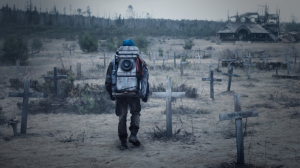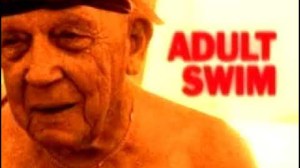Whenever horror fans hear that a new movie, no matter how much buzz might be surrounding it, has earned a January release date, we immediately get nervous. Excitement builds around the genre every September, with different studios earning a boost in attention in the lead-up to Halloween, resulting in a higher concentration of genre releases in this timeframe. Decades of cinema have also proven that a movie can be a surprise hit no matter when it lands in theaters, but with prestige, award-nominated movies hitting theaters in November and December, the new year often kicks off with certifiable duds.
Videos by ComicBook.com
The upcoming Wolf Man from filmmaker Leigh Whannell has a lot of excitement surrounding it, but longtime horror fans are already apprehensive because of its release date. That’s not to say that movies can’t still manage to be hits when they are released in January, as proven with movies like M3GAN, M. Night Shyamalan’s Split, or the 2022 revival Scream, but when looking back over the last two decades, it’s hard to deny that studios seem to want to unload expected disappointments as quietly as possible. It’s also worth noting that Whannell’s The Invisible Man landed in theaters in February, so even with a release early in the year, it proved this theory isn’t always accurate.
Below are some of the most critically and financially disappointing horror movies that were released in January.

Night Swim (2024)
Blumhouse has become one of the most successful contemporary horror studios, largely due to the studio keeping filmmaking costs down, which then allows even modest successes to be profitable. Night Swim, for example, had a reported budget of $15 million but took in $55 million worldwide. Despite tripling its budget, critics didn’t connect with the material.
Sitting at only 20% positive reviews on aggregator site Rotten Tomatoes, the movie explored a family who moved into a new home, only for strange occurrences to begin to unfold, all centering around the backyard pool. The only relief is that the movie opened in the very first weekend of the year, so fans were quickly able to leave the frustrating experience behind and enjoy the many other genre hits from this year.
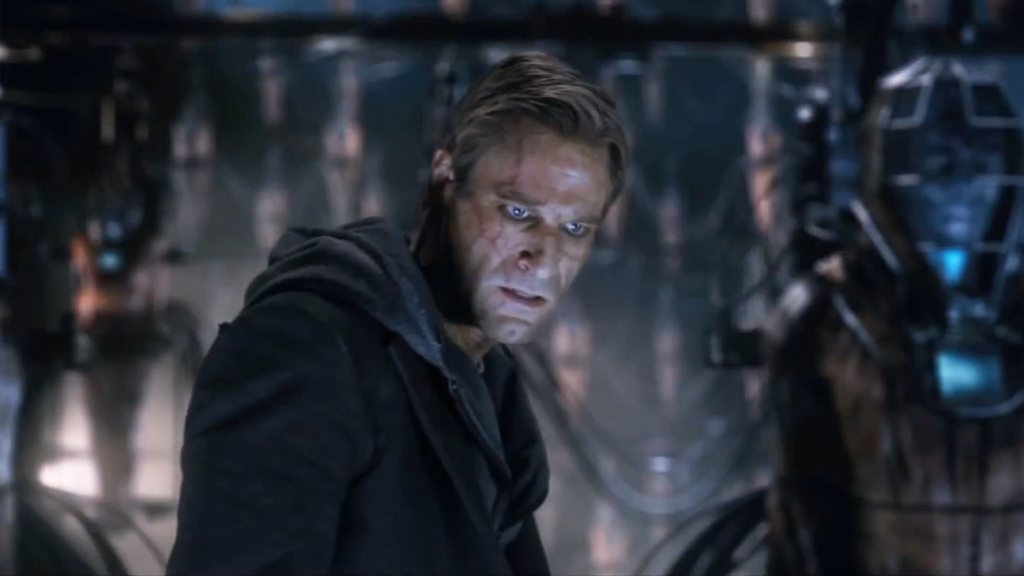
I, Frankenstein (2014)
Frankenstein’s Monster is one of the most iconic characters in both literary and cinematic history, with direct adaptations of the Mary Shelley story or works inspired by it debuting on a regular basis. One might think an adventure-fantasy in which the Monster is the heroic protagonist battling forces of darkness would replicate the excitement of the ever-growing superhero genre, but the result was a massive disappointment.
Starring Aaron Eckhart as the iconic character, I, Frankenstein sits at only 5% positive reviews on Rotten Tomatoes. Ciritics tore the film apart for countless reasons, and while its worldwide gross managed to barely exceed its reported production cost, the critical reviews were too devastating to consider the project a success on any level.
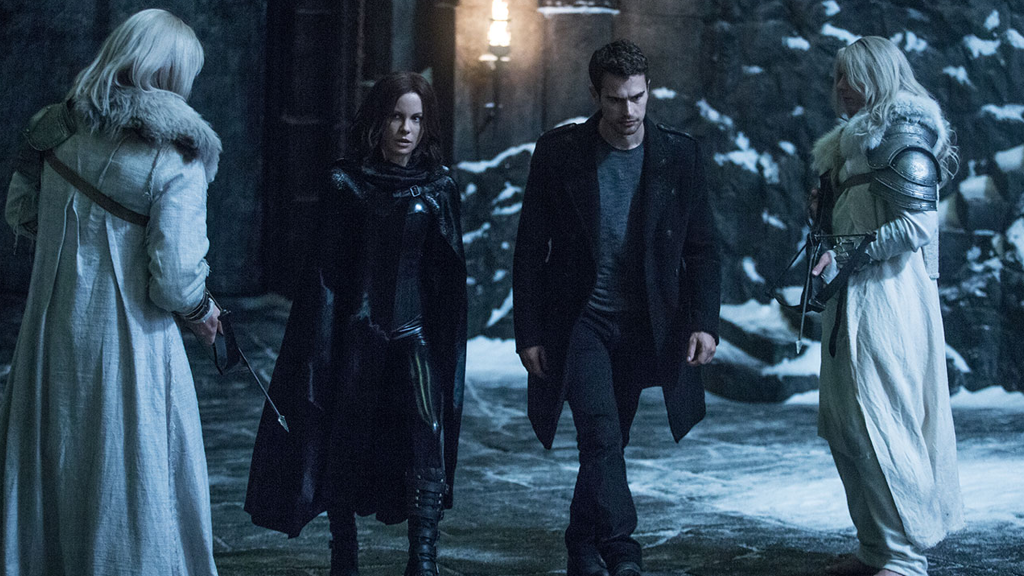
Underworld: Evolution (2006), Underworld: Rise of the Lycans (2009), Underworld: Awakening (2012), and Underworld: Blood Wars (2017)
The first Underworld landed in theaters in September of 2003 and, by pitting werewolves against vampires and delivering a stylish, sexy, and action-packed adventure, the movie became a cult-hit with horror fans. Critical reviews weren’t particularly strong for the debut entry, sitting at 31% positive, but by more than quadrupling its production cost and introducing a compelling and macabre mythology, it warranted follow-up adventures.
All four subsequent films similarly earned poor reviews, averaging 23% positive reviews across all four entries, resulting in a regularly frustrating and disappointing arrivals in January. Despite being critical failures, the Underworld movies did turn a profit, with each sequel doubling or even tripling its production budget. Still, none of the sequels replicated the success of the debut entry.
Interestingly, cocreator and star Kevin Grevioux also co-created I, Frankenstein and hoped to develop a crossover between that film and the Underworld series.
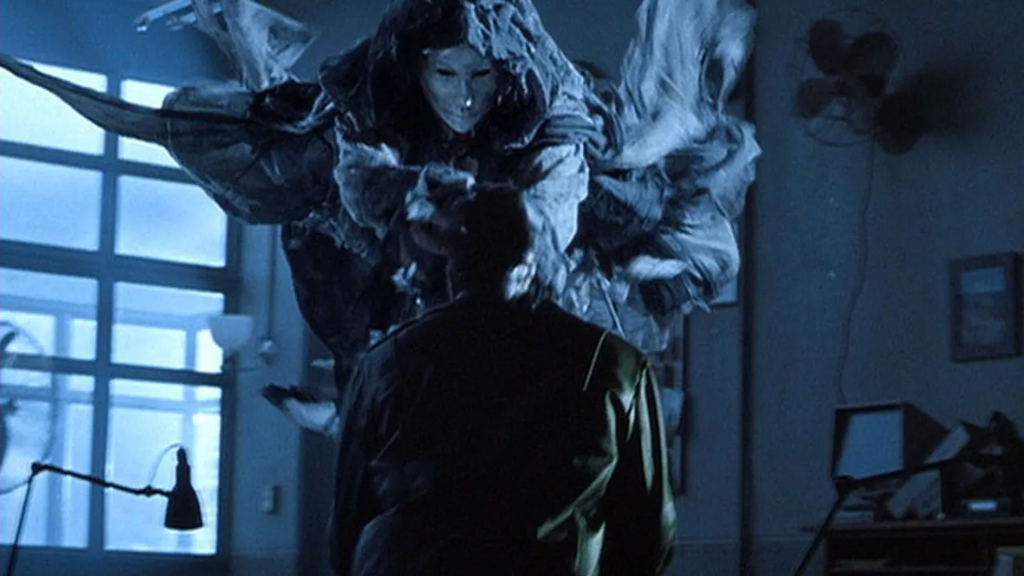
Darkness Falls (2003)
The 2000s were a dark time for horror fans, as the resurgence of smart slashers in the ’90s began to dissipate and fans felt inundated with a number of forgettable experiences heading into the new millennium. Darkness Falls is only one of many horror movies that felt uninspired and unoriginal, regardless of the filmmaker’s intentions.
The movie posited a pretty straightforward question: what if the Tooth Fairy was real, but also evil? As implied by the title, the weakness of this nefarious presence was light, resulting in a variety of situations in which our protagonists had to find light sources in the darkness. The movie sits at only 10% positive reviews, despite being relatively successful at the box office, but it would be a decade later that Shazam! director David F. Sandberg delivered the much more effective Lights Out, which similarly explored an entity empowered by the darkness.

Texas Chainsaw 3D (2013)
The original The Texas Chain Saw Massacre remains just as frightening to audiences 50 years later as it was when it was unleashed, but every attempt at reviving the property largely failed. Texas Chainsaw 3D marked the sixth follow-up movie, which included sequels, a reboot, and a prequel to the reboot. 3D hoped to retcon all predecessors by being a direct sequel to the original, though its storyline did little to ignite excitement in fans.
Thanks to having a relatively low production budget of roughly $20 million, its $47-million haul worldwide equated to success. Critics weren’t as enthusiastic as general audiences, with the movie only sitting at 19% positive reviews.
Outside of the 3D element and the fact that a continuity error meant Alexandra Daddario, who was in her mid-20s at the time of filming, technically should have been 40 years old in the context of the story, Texas Chainsaw 3D is considered entirely forgettable by horror fans.

The Turning (2020)
Despite initially having Steven Spielberg attached, this adaptation of the 1898 story The Turn of the Screw by Henry James ultimately landed in theaters with a dull thud. Starring up-and-coming stars like Stranger Things‘ Finn Wolfhard, The Florida Project‘s Brooklynn Prince, and Terminator: Dark Fate‘s Mackenzie Davis, The Turning was almost immediately erased from everyone’s memories, due at least in part to the coronavirus pandemic altering the entire slate of 2020 movies.
Also complicating the reception of The Turning was that, later that year, Netflix’s The Haunting of Bly Manor also served as a loose adaptation of the same James story, so with the former only sitting at 12% positive reviews and taking in less than $20 million worldwide, the Netflix series helped eradicate the movie from the zeitgeist.
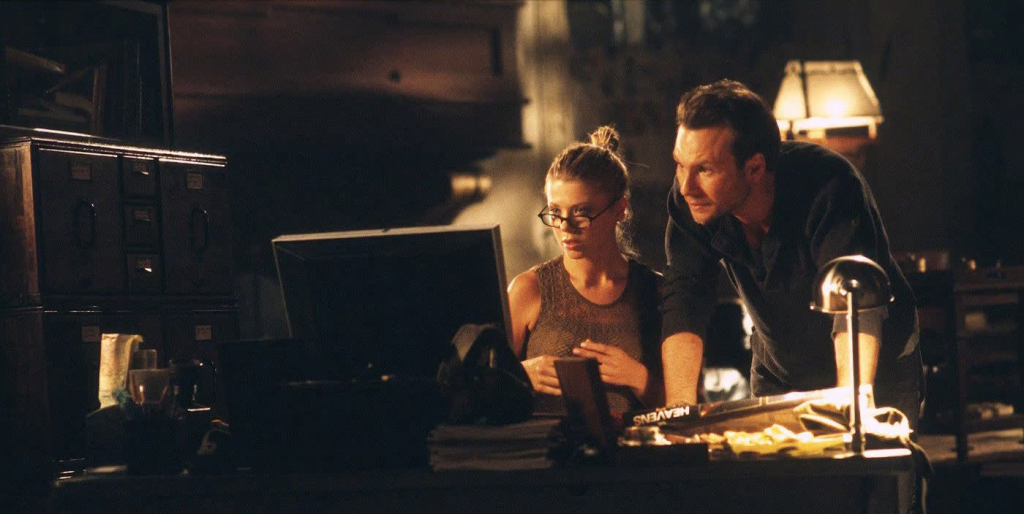
Alone in the Dark (2005) and BloodRayne (2006)
Much like how all the sequels in the Underworld franchise help represent the trend of disappointment, so do director Uwe Boll’s Alone in the Dark and BloodRayne, which hit theaters in January of successive years. Both films also represent a cultural shift when it came to adapting video game franchises.
While the ’90s delivered flops like Super Mario Bros., Double Dragon, and Street Fighter, we also got the Angelina Jolie-starring Tomb Raider in 1998 and the Milla Jovovich-starring Resident Evil in 2002, both of which were surprising financial successes. This resulted in the movie industry trying to mine whatever value they could from video game titles, hoping to cash in on brand familiarity rather than exploring a game’s creative potential.
Alone in the Dark would go on to take in just $13 million worldwide and BloodRayne took in only $3.7 million. BloodRayne fared slightly better with critics, sitting at 4% positive reviews, while Alone in the Dark sits at a staggeringly low 1% positive.
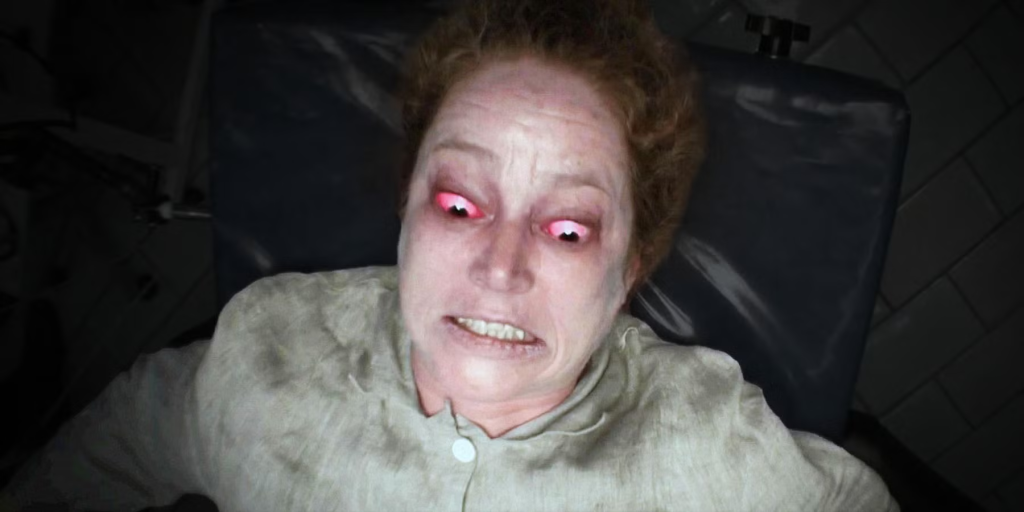
The Devil Inside (2012)
Speaking of trends, there was a boom in the late ’00s of found-footage horror movies, as the critical and financial success of Paranormal Activity resulted in a deluge of such stories.
On its own merits, The Devil Inside is a relatively effective movie, as it delivers a mockumentary about a demonic possession. With a miniscule $1 million budget, even a slight success would have been tremendous, so its ultimate haul of $100 million made it an undeniable financial success.
The drawback to the film, though, is that it was so committed to the idea of being a mockumentary, it included an end-credits title card that directed audiences to a website to learn more about the issue. Many audiences took this to mean they had to go to a website to see the actual ending, resulting in the film becoming only one of two dozen movies to earn an “F” CinemaScore. The aforementioned The Turning and Alone in the Dark also both earned an “F.” Audiences weren’t the only ones frustrated with the movie, though, as The Devil Inside only has a 6% positive rating on Rotten Tomatoes.
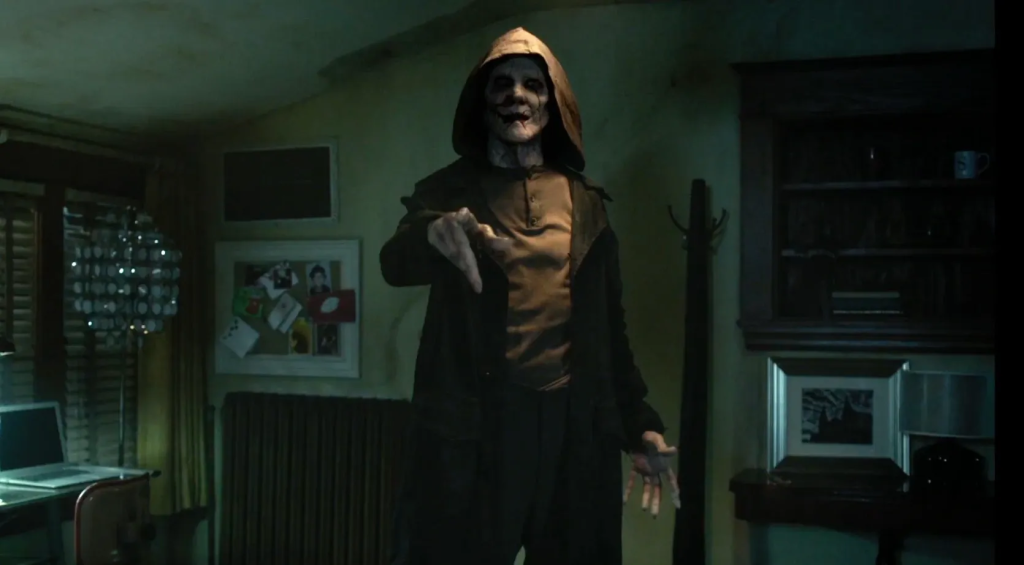
The Bye Bye Man (2017)
The ’80s and ’90s had an abundance of horror icons, thanks to film series like Halloween, Friday the 13th, and A Nightmare on Elm Street, while the ’90s helped revive the concept with Scream‘s Ghostface. Subsequent decades saw the genre struggling to find new and unique killers, resulting in generic movies featuring redundant mythology, such as 2017’s The Bye Bye Man.
The title alone conveys a lack of creativity with this picture, with The Bye Bye Man being one of countless movies about mysterious figures that somehow “curse” victims, with this iteration seeing people driven insane by encountering the titular character, causing them to kill others. Sitting at only 19% positive reviews and scoring only $30 million at the box office, it represents only one of many failed attempts at forcing the creation of a memorable monster.
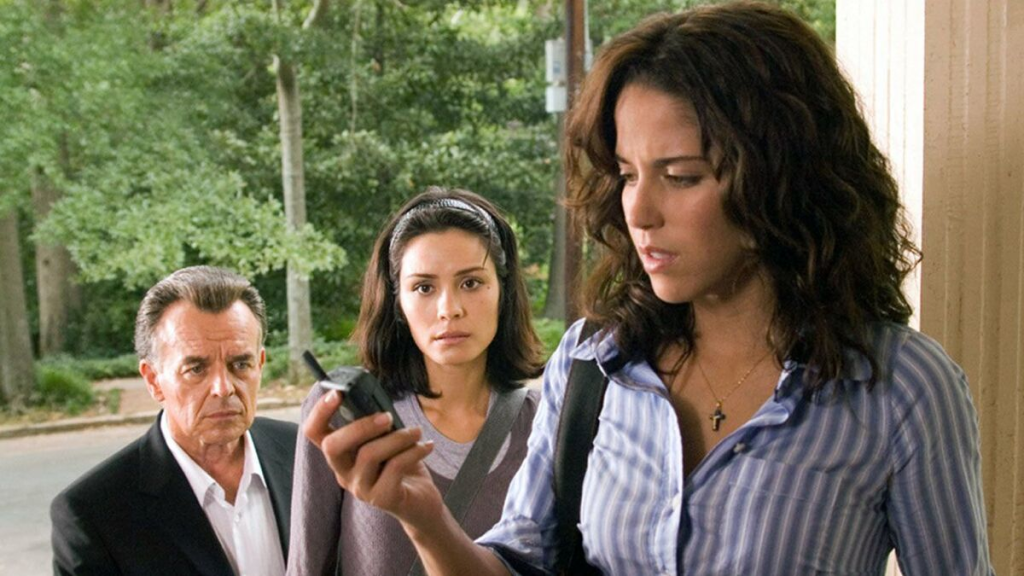
One Missed Call (2008)
As has likely become clear, Hollywood has a tendency to recognize that the success of one movie could result in subsequent, albeit uninspired, iterations of that success could become at least marginally as much of a hit as what came before it. In 2002, The Ring became a major hit with audiences and critics, resulting in many other American remakes of horror movies from Asia. All of these remakes have their strengths and weaknesses, though it could be argued that the American One Missed Call is completely devoid of any positives.
The movie depicts people receiving voicemails that eerily feature their own voices from the future and in their final moments, as they are somehow receive transmissions from themselves dying. Understandably, this ignites a quest to try to uncover what supernatural forces are at work.
Many of the previously mentioned films have low critical scores on Rotten Tomatoes, as they are in their teens or even single digits, but 2008’s One Missed Call has the rare distinction of having a 0% positive score with 80 critical reviews.
Do you think January is a rough month for horror? Contact Patrick Cavanaugh directly on Twitter or on Instagram to talk all things Star Wars and horror!

